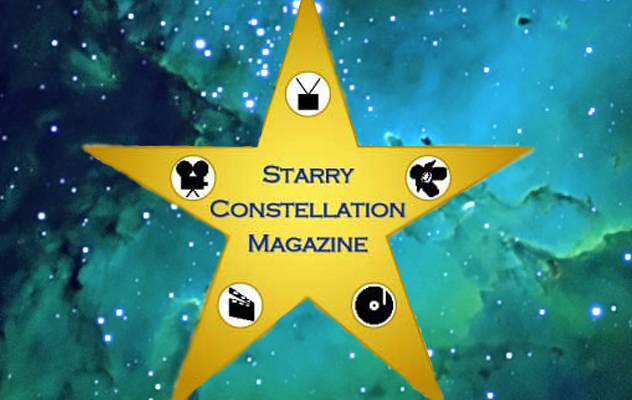
Movie Reviews
The End of Quiet
By: MJ Asuncion
It is difficult to imagine life without cellular service or WiFi. The technology and conveniences these two things provide are a part of almost everyone’s lives. Though in a remote part of West Virginia, in the town of Green Bank, there exists the “Quiet Zone,” the only place in the U.S. where cell phone signals and WiFi are not permitted. One of the largest radio telescopes in the world resides in the Quiet Zone and is used to unlock the mysteries of the universe. In order to achieve this, they need to limit radio pollution and man-made interferences. The End of Quiet documentary takes a closer look at some of the residents and scientists who make the quietest town in the U.S. their home.
The End of Quiet is set in the small town of Green Bank, which is hidden in the forests of West Virginia. Its isolation is not only in its enforced silence but also with its location. In the first part of the film the way of life is introduced where everyone has adapted to the lack of cell phones, WiFi and even microwaves. People live freely and enjoy the time and space away from all the noise. The simplicity is welcomed and even coveted. In the second part of the film things are changing. Tablets, smartphones and new WiFi hotspots are popping up at an increased rate every day. How does this affect the balance within the Quiet Zone? How do the scientists deal with the onslaught of radio disturbance? The film explores the impact of these new developments on the science, the town’s residents and the various relationships.
Green Bank is home to vibrant, sometimes eccentric, individuals who have found peace in the silence. A young couple has plans of starting a family and eventually leaving Green Bank. A war veteran embraces his quiet routine life. A woman suffering from electromagnetic hypersensitivity (EHS) has learned to adjust to her solitude. A grandfather and his granddaughter have a shared hobby and enjoy their companionship. The scientists and technicians work tirelessly to analyze the different radio waves and activity. Each person is a part of the story that is told by the documentary. They all look up at the sky and contemplate what the universe holds or what life has in store for them. The difference in perspectives help to fill in the picture of The End of Quiet.
Kasper Bisgaard and Mikael Lypinski are the co-directors and co-writers of this introspective documentary. Kasper Bisgaard is a Danish producer and director, known for The Kampala Story (2012) and Koma (2006). Michael Lypinski was born and raised in Stockholm, Sweden and is a director and cinematographer, known for Desert Coffee (2017), Unpaved (2023) and Trzy dni z zycia malzenskiego (1998). The duo captures this unconventional community with a unique lens. The character stories are beautifully nestled within profound images, lovely composition and tranquil music.
With the use of artistic visuals and sound, The End of Quiet delivers a stillness and serenity throughout the film. I could feel the silence even as people were speaking, and gained a whole new perspective of what it means to be isolated. It made me reflect on the idea of being essentially disconnected from the world. The documentary has a promising story but I felt the characters and personalities were underdeveloped. Even though I understood a bit more about the lives and choices of people living in the Quiet Zone, I failed to form a true emotional connection. The End of Quiet is still an interesting watch but it lacked a bit of depth for me.



You must be logged in to post a comment Login